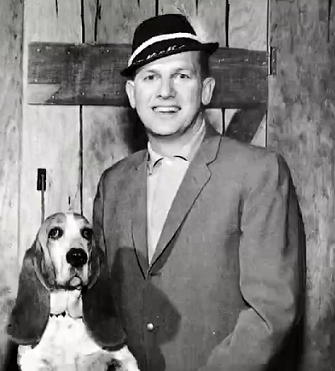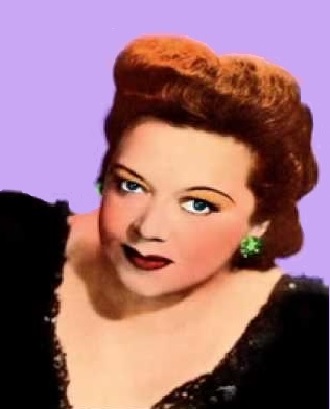
Years Active
1925 -1950
Associated Artists
Tommy Dorsey
Jimmy Dorsey
Paul Whiteman
Benny Goodman
Eddie Lang
Hoagy Carmichael
Coleman Hawkins
Bing Crosby
Al Rinker
Red Norvo
Selected Discography
The Complete Columbia Recordings Of Mildred Bailey (Mosaic, 2001)
At Her Rare of All Rarest Performances – Mildred Bailey (Kings of Jazz, 1981)
Red Norvo Featuring Mildred Bailey – Red Norvo & Mildred Bailey (Portrait Masters, 1989)
The Blue Angel Years 1945-1947 – Mildred Bailey with Ellis Arkins Trio (Baldwin St. Music, 2000)
ROCKIN' CHAIR
MILDRED BAILEY
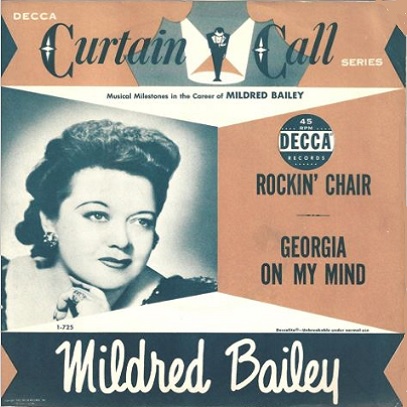
 She was a superstar in the 1930’s and 40’s. She introduced Bing Crosby to the music of Louis Armstrong and Bessie Smith. She worked with the most famous big bands of the era. Tony Bennett said
“From 16 to 20 years old the only thing I listened to was Mildred Bailey. I just said I want to sing like her” She provided the template for the “girl singers” from Ella Fitzgerald to Anita O’Day. She introduced Billie Holiday to the famous producer John Hammond. She started from the speakeasies of Spokane and Seattle and made her way to Los Angeles and then to The Savoy Ballroom and Stork Club in New York City. Yet Mildred Bailey and her contributions to jazz and pop music have all but been disregarded. She is the most famous jazz singer of the 1930s and ‘40s that you’ve never heard of.
Over the years there’s been attempts to replace her to the stature she once had, but she still remains a cult figure who is absolutely loved by her fans. Every one of her recordings have been available for years-most of them have been in continual release since 1951 when she died. Her entire Columbia Records catalogue has been lavishly presented as boxed sets in both LP and CD formats for decades. So it must be asked-in the words of jazz critic Michael Steinman; “Who Erased Mildred Bailey?” It certainly wasn’t singers like Tony Bennett,mentioned above. It wasn’t Bing Crosby or Frank Sinatra who helped her out at the end of her life. It wasn’t a change in taste; The Big Band sound and jazz/pop singers were in their heyday when she quit the music industry. It wasn’t for a lack of exposure on the new media of television…she even had her own television program at one time.
The fact is that there doesn’t seem to be a simple answer to why Mildred Bailey has been erased from our collective musical consciousness, and the answer remains elusive to this day.
Mildred Bailey was born Mildred Rinker on February 27, 1903 in Tekoa Washington, a small farming community about an hour southeast of Spokane Washington. Mildred’s mother, Josephine had been deeded land there and created a farm on the land she owned. Josephine was one quarter Native American. Her ancestors were what became known as the Coeur d’Alene tribe. Owners of valuable property by tribal members was unusual at the time: so while the Coeur d’Alene people were generally living in poverty, Mildred’s family were more economically secure.… Read more›
She was a superstar in the 1930’s and 40’s. She introduced Bing Crosby to the music of Louis Armstrong and Bessie Smith. She worked with the most famous big bands of the era. Tony Bennett said
“From 16 to 20 years old the only thing I listened to was Mildred Bailey. I just said I want to sing like her” She provided the template for the “girl singers” from Ella Fitzgerald to Anita O’Day. She introduced Billie Holiday to the famous producer John Hammond. She started from the speakeasies of Spokane and Seattle and made her way to Los Angeles and then to The Savoy Ballroom and Stork Club in New York City. Yet Mildred Bailey and her contributions to jazz and pop music have all but been disregarded. She is the most famous jazz singer of the 1930s and ‘40s that you’ve never heard of.
Over the years there’s been attempts to replace her to the stature she once had, but she still remains a cult figure who is absolutely loved by her fans. Every one of her recordings have been available for years-most of them have been in continual release since 1951 when she died. Her entire Columbia Records catalogue has been lavishly presented as boxed sets in both LP and CD formats for decades. So it must be asked-in the words of jazz critic Michael Steinman; “Who Erased Mildred Bailey?” It certainly wasn’t singers like Tony Bennett,mentioned above. It wasn’t Bing Crosby or Frank Sinatra who helped her out at the end of her life. It wasn’t a change in taste; The Big Band sound and jazz/pop singers were in their heyday when she quit the music industry. It wasn’t for a lack of exposure on the new media of television…she even had her own television program at one time.
The fact is that there doesn’t seem to be a simple answer to why Mildred Bailey has been erased from our collective musical consciousness, and the answer remains elusive to this day.
Mildred Bailey was born Mildred Rinker on February 27, 1903 in Tekoa Washington, a small farming community about an hour southeast of Spokane Washington. Mildred’s mother, Josephine had been deeded land there and created a farm on the land she owned. Josephine was one quarter Native American. Her ancestors were what became known as the Coeur d’Alene tribe. Owners of valuable property by tribal members was unusual at the time: so while the Coeur d’Alene people were generally living in poverty, Mildred’s family were more economically secure.… Read more› 


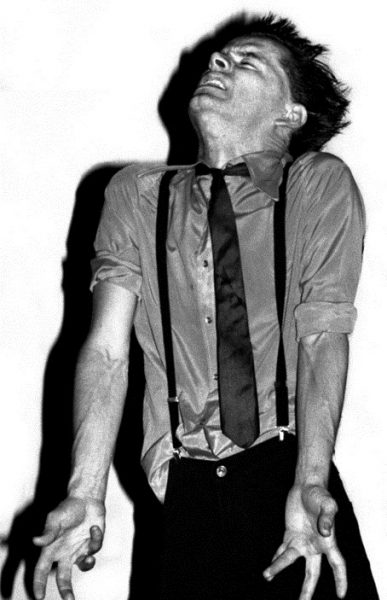
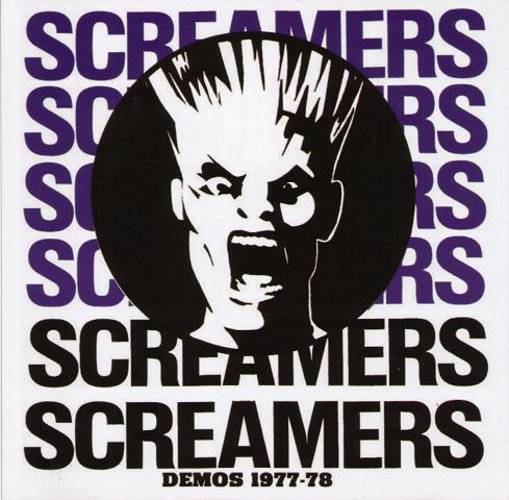
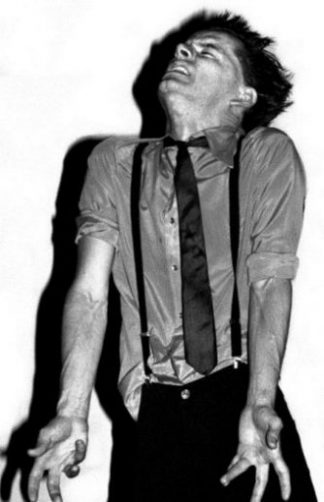
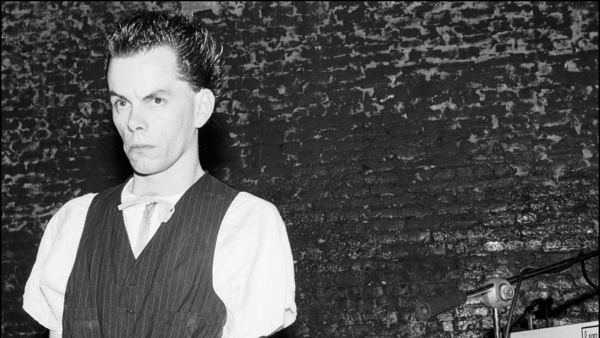
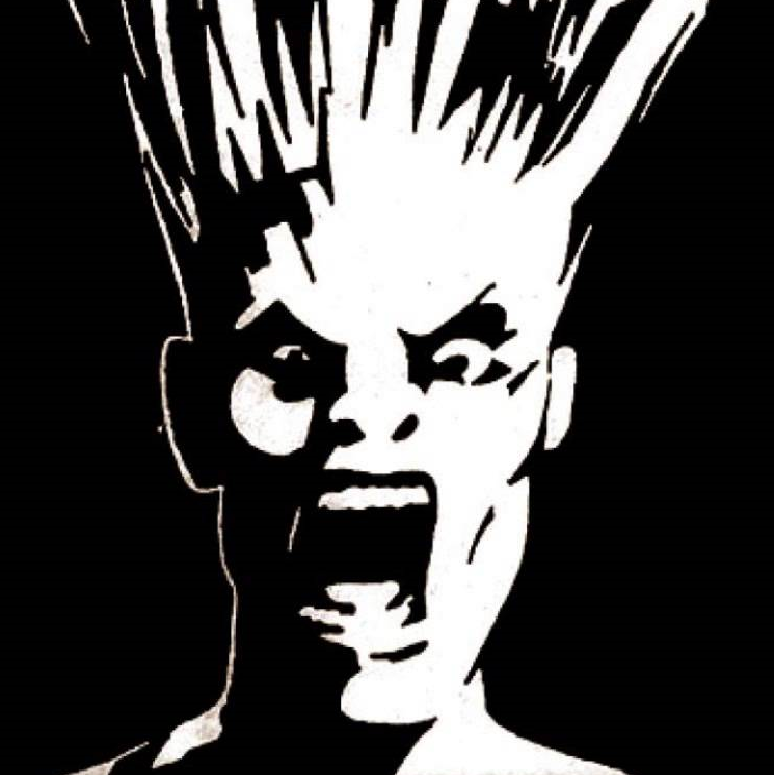
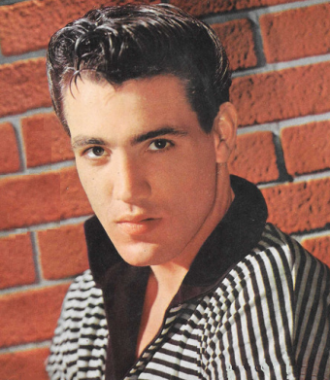
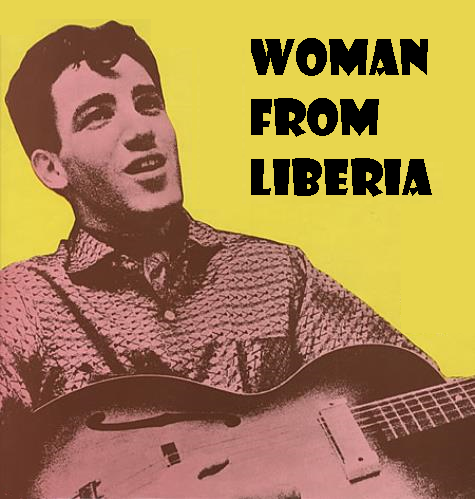
 It sounds like the plot of a 1950’s film noir movie. It’s December 1st, 1967. A man leaves a party. As he drives down the San Diego Freeway in the San Fernando Valley he sees a bright light in his rear view mirror. The light gets brighter so he pulls over on a side road. He thinks maybe it’s a friend who’s also left the same party. The man in the car following him walks toward the driver’s car and the driver rolls down his window. As soon as he does, the man in the following car begins to beat him with something hard-probably a tire iron. He is left unconscious with a broken arm and a severely fractured skull. But the story isn’t the plot of a movie. The man who was beaten was Jimmie Rodgers, a fading star from the early days of rock and roll. A man that was one of the pioneers of early pop, rockabilly and electric folk music.
A few days later the attacker comes forward. He’is an off-duty policeman named Michael Duffy. Later Duffy would claim he pulled Rodgers over for “erratic driving”. Rodgers remembers the light was “real bright. Like a train light. I pulled over to stop. I thought it was Eddie Samuels who was my conductor. He was staying at my house at the time. Rodgers says that once he rolled down the window he was struck by a tire iron. “He hit me in the side of the head so hard, the left side of the skull, that it split the skull on the right side”.
The off-duty policeman says once Rodgers pulled over he got out of the car and during his arrest, Rodgers fell over (backward) resulting in a fractured skull and a badly broken arm and knocking him out. Duffy says he then drove to the nearest telephone and called two of his LAPD friends that were on duty, Raymond Whisman and Ronald Wagner.
Duffy says they all converged on Rodgers’ car and his unconscious body laying on the side of the road rather than inside. They decide to pull Rodgers’ body back into his Cadillac,and take off. No calls for medical assistance. No report of the incident. No mention in any of their daily log reports. No test for intoxication. No record of Duffy attempting to book Rodgers for a crime.
It was Eddie Samuels who was staying with Jimmie at the time found Rodgers bleeding in his car that night. …
It sounds like the plot of a 1950’s film noir movie. It’s December 1st, 1967. A man leaves a party. As he drives down the San Diego Freeway in the San Fernando Valley he sees a bright light in his rear view mirror. The light gets brighter so he pulls over on a side road. He thinks maybe it’s a friend who’s also left the same party. The man in the car following him walks toward the driver’s car and the driver rolls down his window. As soon as he does, the man in the following car begins to beat him with something hard-probably a tire iron. He is left unconscious with a broken arm and a severely fractured skull. But the story isn’t the plot of a movie. The man who was beaten was Jimmie Rodgers, a fading star from the early days of rock and roll. A man that was one of the pioneers of early pop, rockabilly and electric folk music.
A few days later the attacker comes forward. He’is an off-duty policeman named Michael Duffy. Later Duffy would claim he pulled Rodgers over for “erratic driving”. Rodgers remembers the light was “real bright. Like a train light. I pulled over to stop. I thought it was Eddie Samuels who was my conductor. He was staying at my house at the time. Rodgers says that once he rolled down the window he was struck by a tire iron. “He hit me in the side of the head so hard, the left side of the skull, that it split the skull on the right side”.
The off-duty policeman says once Rodgers pulled over he got out of the car and during his arrest, Rodgers fell over (backward) resulting in a fractured skull and a badly broken arm and knocking him out. Duffy says he then drove to the nearest telephone and called two of his LAPD friends that were on duty, Raymond Whisman and Ronald Wagner.
Duffy says they all converged on Rodgers’ car and his unconscious body laying on the side of the road rather than inside. They decide to pull Rodgers’ body back into his Cadillac,and take off. No calls for medical assistance. No report of the incident. No mention in any of their daily log reports. No test for intoxication. No record of Duffy attempting to book Rodgers for a crime.
It was Eddie Samuels who was staying with Jimmie at the time found Rodgers bleeding in his car that night. … 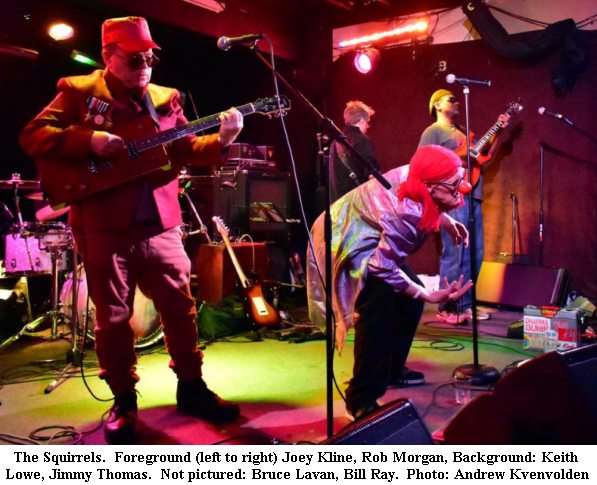
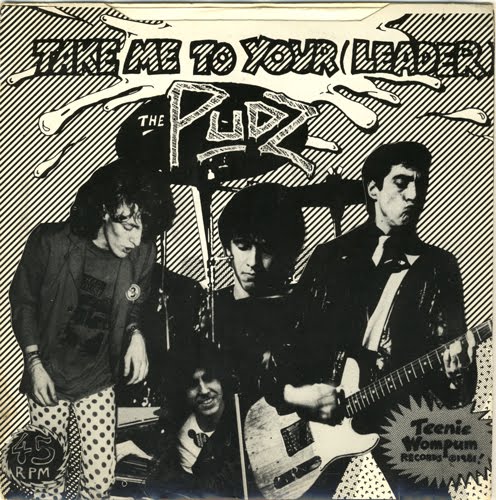
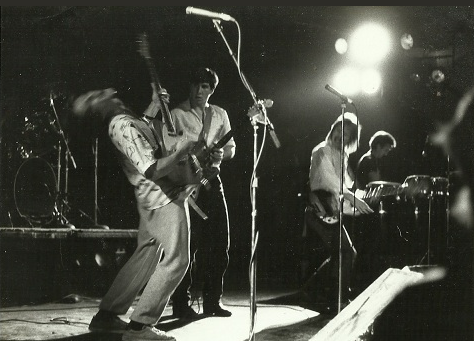

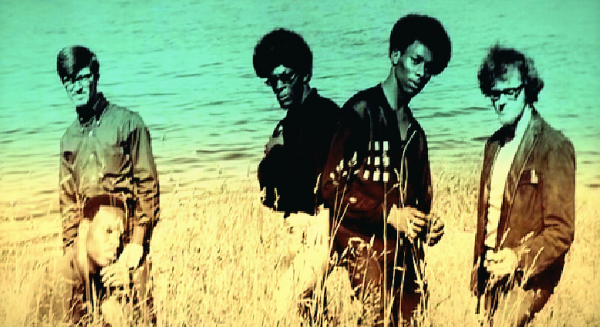
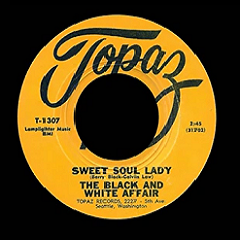
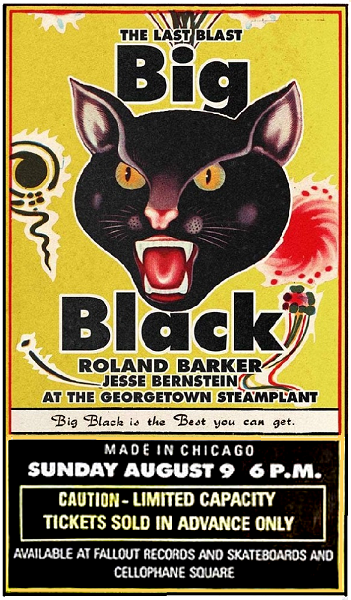
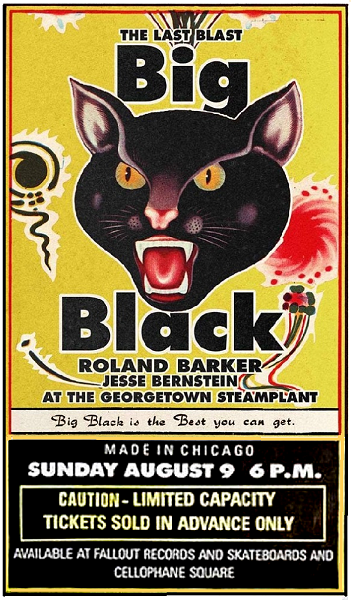 August 9, 1987 was without a doubt one of the high water marks in Northwest music history. It was the “last blast” for Chicago’s Big Black, one of the most influential indie bands in the US back then. The band was led by Steve Albini who would go on to be the engineer/producer of some great records, including ones by The Pixies, The Jesus Lizard, Cheap Trick, Nirvana and The Stooges. In 2004 Albini estimated he has engineered or produced over 1500 albums. He’s done scores since then.
August 9, 1987 was without a doubt one of the high water marks in Northwest music history. It was the “last blast” for Chicago’s Big Black, one of the most influential indie bands in the US back then. The band was led by Steve Albini who would go on to be the engineer/producer of some great records, including ones by The Pixies, The Jesus Lizard, Cheap Trick, Nirvana and The Stooges. In 2004 Albini estimated he has engineered or produced over 1500 albums. He’s done scores since then.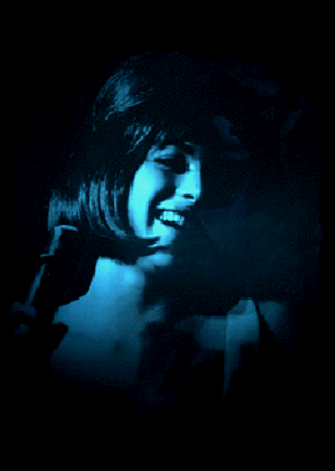
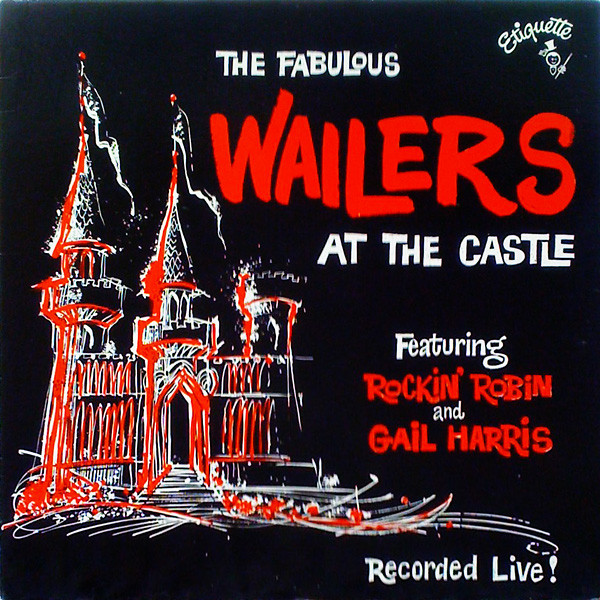

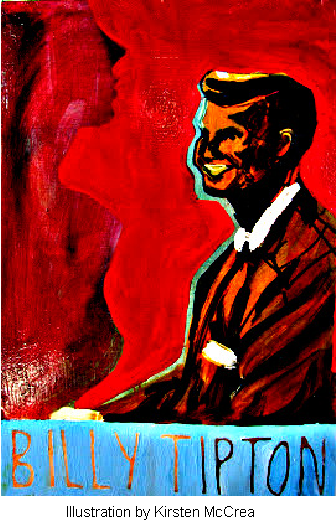
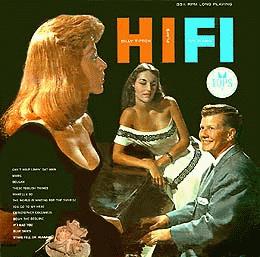
 When Billy Tipton died on January 21st 1989 he was penniless, living in a mobile home, and his ability to play piano or saxophone had been destroyed by years of ravaging arthritis. He led a very private life with only a small circle of friends in his adopted home-town, Spokane Washington. He and his jazz trio had disbanded years earlier. During their time they had played small joints, Fraternal Hall dances and cocktail lounges for little pay throughout the mid-west and west coast. Billy had only two recordings to show for his almost 50 years in music. Both albums had been released in 1957. Essentially his passing would have gone unnoticed by anyone except his loved ones and a handful of professional friends. The rest of us would never know a thing about him.
But as Billy lay on the floor of his kitchen dying of a hemorrhaged peptic ulcer a paramedic called by Billy’s son William (against Billy’s wishes) loosened Billy’s pajamas in order to try resuscitate him looked up at William and asked;
”Did your father ever have a sex change?”
When Billy Tipton died on January 21st 1989 he was penniless, living in a mobile home, and his ability to play piano or saxophone had been destroyed by years of ravaging arthritis. He led a very private life with only a small circle of friends in his adopted home-town, Spokane Washington. He and his jazz trio had disbanded years earlier. During their time they had played small joints, Fraternal Hall dances and cocktail lounges for little pay throughout the mid-west and west coast. Billy had only two recordings to show for his almost 50 years in music. Both albums had been released in 1957. Essentially his passing would have gone unnoticed by anyone except his loved ones and a handful of professional friends. The rest of us would never know a thing about him.
But as Billy lay on the floor of his kitchen dying of a hemorrhaged peptic ulcer a paramedic called by Billy’s son William (against Billy’s wishes) loosened Billy’s pajamas in order to try resuscitate him looked up at William and asked;
”Did your father ever have a sex change?”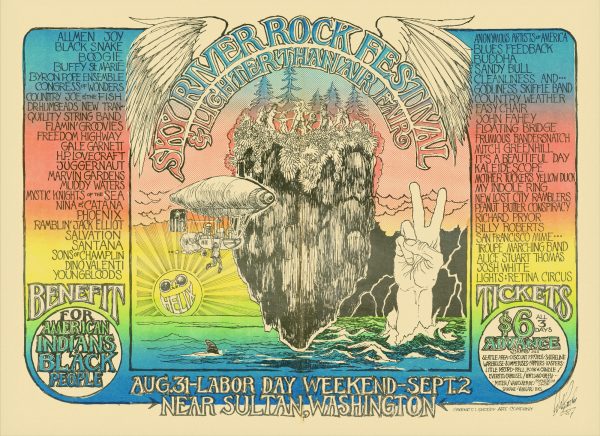
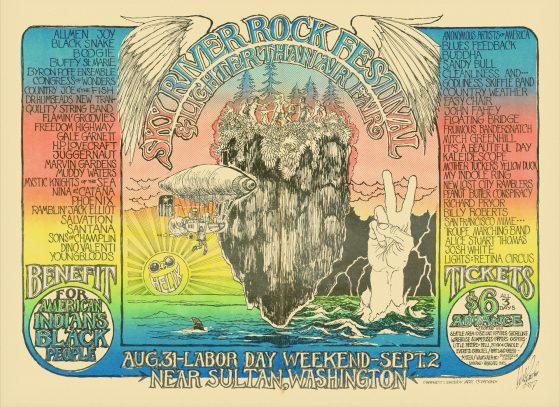 We recently purchased an almost complete collection of Helix Magazines from the generous Jerry Jermann. One issue came with this fantastic wrap-around “Sky River Festival And Lighter Than Air Fair” poster cover. The iconic Walt Crowley is credited with it’s design. At the time Walt was the art director of The Helix, who’s staff and friends were mostly responsible for the festival. Notice the clever way the wrap-around took advantage of the “ split fountain” effect-one that uses two separate colored inks at either end meeting in the middle as a third. This example is probably the result of pouring four horizontal bands of ink (top to bottom blue/red/yellow/blue). No matter how it was done, this is one of the best uses of the process we’ve ever seen, and it’s clear Crawley’s drawing was specifically designed with the intention to be printed exactly as it appears.
We recently purchased an almost complete collection of Helix Magazines from the generous Jerry Jermann. One issue came with this fantastic wrap-around “Sky River Festival And Lighter Than Air Fair” poster cover. The iconic Walt Crowley is credited with it’s design. At the time Walt was the art director of The Helix, who’s staff and friends were mostly responsible for the festival. Notice the clever way the wrap-around took advantage of the “ split fountain” effect-one that uses two separate colored inks at either end meeting in the middle as a third. This example is probably the result of pouring four horizontal bands of ink (top to bottom blue/red/yellow/blue). No matter how it was done, this is one of the best uses of the process we’ve ever seen, and it’s clear Crawley’s drawing was specifically designed with the intention to be printed exactly as it appears.